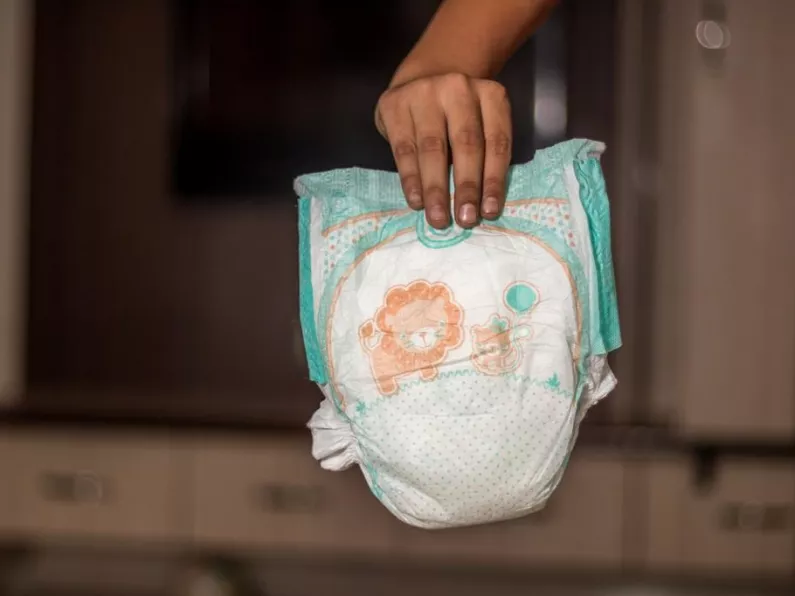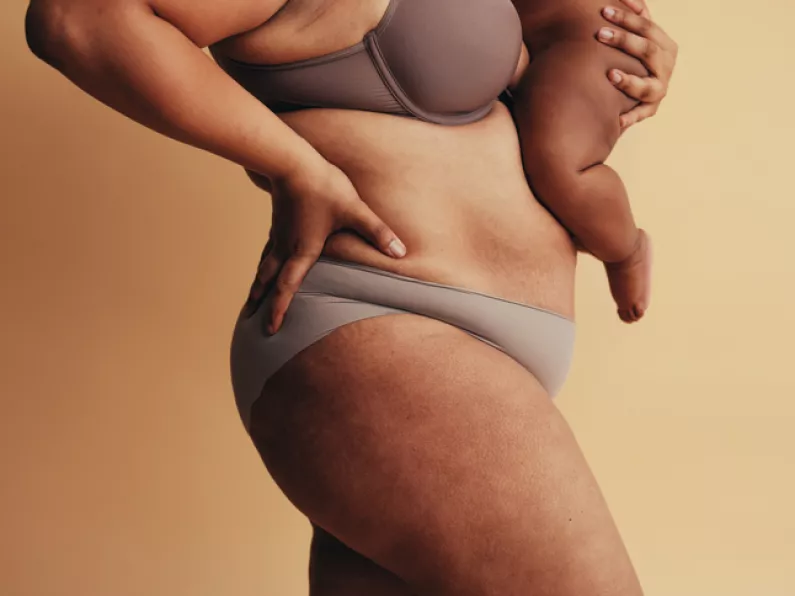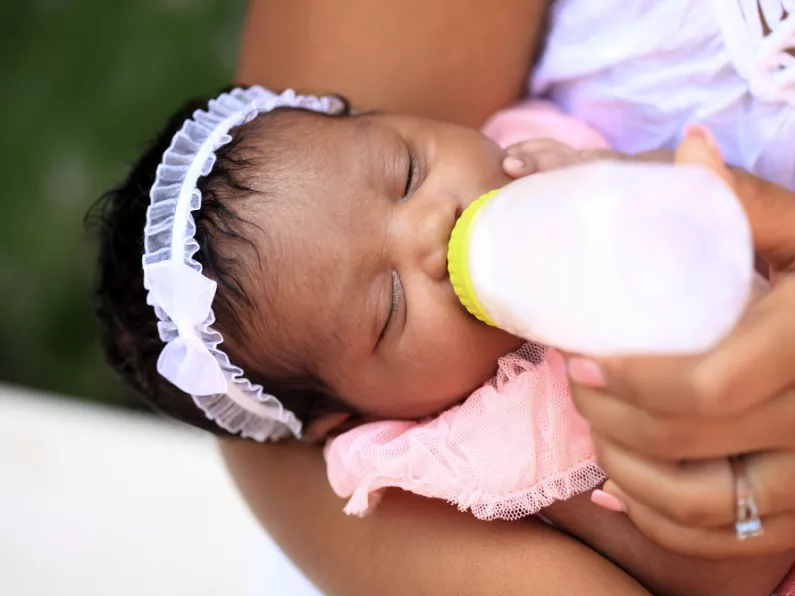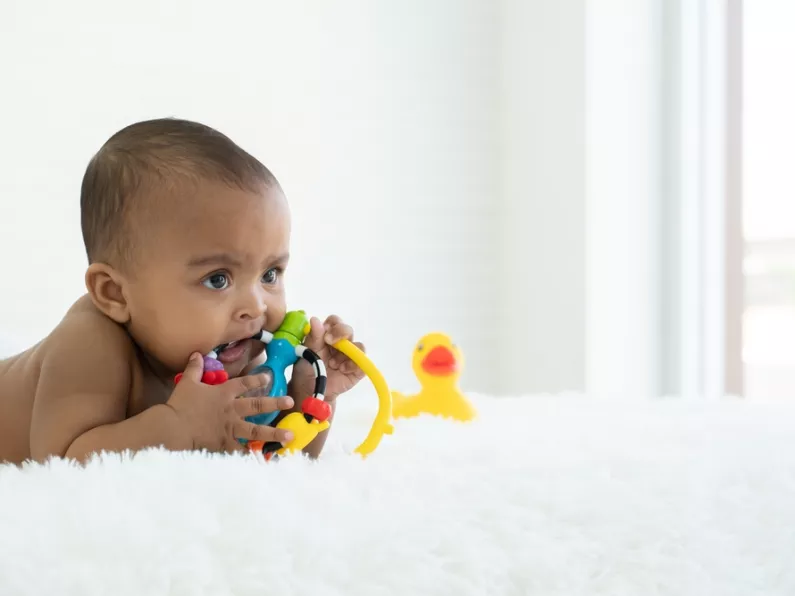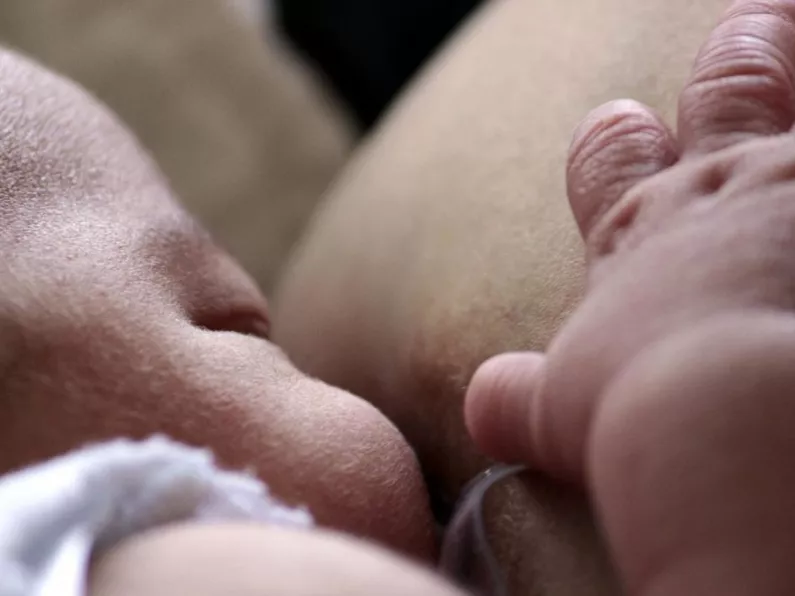Becoming a new parent is one of the most exciting and equally overwhelming times in our lives.
There's so much to think about and take in that it's easy to feel like you're drowning in all the new information.
Diapers can be one such headache - which brand is best, what size will stop leakages and explosions?

The diaper guide
This guide should steer you in the right direction.
- Preemie Diaper Size: Up to 6 pounds
- Newborn Diaper Size: 10 pounds and under
- Size 1: 8 -14 lbs
- Size 2: 12-18 lbs
- Size 3: 16-28 lbs
- Size 4: 22-37 lbs
- Size 5: 27-35 lbs
- Size 6: 35 lbs and over
- Size 7: 41 lbs and over
Trial and error
Where sizes overlap, it may take some trial and error to get the right fit.
If the diaper is too small, it can cause irritation and diaper rash. If it's too big, it will leak.
Here are five tips to keep in mind when choosing the right diaper for your baby, according to the American Academy of Pediatrics:
- Red marks on a baby's skin may mean the diaper is too tight, or your baby is suffering from diaper rash.
- Occasional diaper leaks are normal, but if the diaper is leaking regularly, double check the fit.
- Check the waist. A diaper should close easily without having to pull hard on the tabs. Tabs should be fastened straight across and be at the same rise in both front and back. It's important the diaper is not too tight, especially at night.
- The rise of the diaper should be around baby's belly button, so if the diaper's rise appears low, it's time to size up.
- The more absorbent the diaper, the better job it does of keeping the skin dry.
Diaper rash types and treatments
At least half of all babies get a diaper rash at some point.
There are many different types of diaper rashes - and they can look surprisingly similar - so here is a list from the American Academy of Pediatrics to help you identify, soothe, and prevent several different types of diaper rashes.
- Irritant diaper rash: The most common type of diaper rash is irritant dermatitis. Irritant diaper rash looks like pink or red patches on the skin covered by the diaper.
- Yeast infection: Another fairly common cause of diaper rash is yeast infection. Clues that the rash might be due to a yeast infection include shiny, bright red or pink patches with sharp edges. This rash may also have little pink bumps or pimples. In severe cases, there may be sores or cracking skin that oozes or bleeds. Unlike with irritant diaper rash, a yeast diaper rash is usually worse in the groin folds. A yeast diaper rash may develop after your baby has taken antibiotics. If your baby has this type of diaper rash, be sure to wash your hands thoroughly before and after diaper changes.
- Bacteria: Rarely, diaper rash can be caused by a bacterial infection. This is also called impetigo. Certain types of bacteria (like staph and strep) can cause diaper rash or make an existing one worse. Bright red skin around the anus can be a clue to a strep infection. Yellow crusting, weeping, or pimples can be a clue to a staphylococcus or "staph" infection. Any infection in the diaper area needs to be confirmed and treated by your child's doctor.
- Allergy: Sometimes babies with sensitive skin have an allergic reaction to a specific ingredient in diapers, wipes, and/or creams. Clues that might suggest an allergy include a rash that happens after every exposure to that product and a rash that shows up everywhere that product is applied. Switching brands or types of products for a two-week period can sometimes help sort this out.
What not to do
Do not use over-the-counter antibiotic ointment for diaper rashes as sometimes ingredients in these products can make things worse.
When to seek medical advice
If your child's rash does not clear using the simple tips above, contact your child's doctor to see if a prescription medication is needed.
Be sure to follow the instructions carefully; some prescription medications for diaper rash are only safe to use for short periods of time.
Other signs that it is time to call the doctor:
- The rash is not going away, or it is getting worse after two to three days of treatment.
- The rash includes pimples, peeling skin, blisters, pus-filled or oozing or crusty sores.
- Your baby is taking an antibiotic medicine and develops a bright pink or red rash with red spots at the edges.
- The rash is especially painful, which could be a sign of cellulitis.
- Your baby has a fever in addition to the rash.

